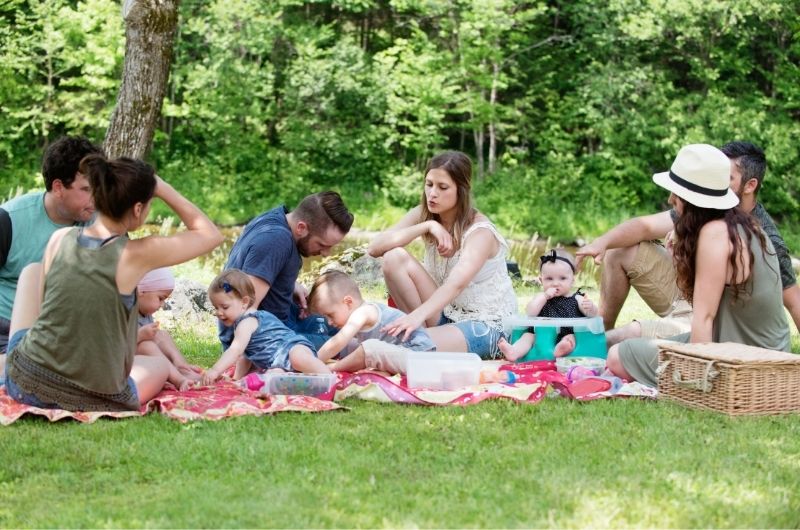As a therapist and an artist, I have seen the benefit of expressing myself and helping my clients to learn to use various modalities to share aspects of themselves. I’ll share a few ideas about how to express yourself in a creative way, whether you are in the therapy room or making art on your own:
Turning anxiety into a character can help to separate the anxiety so that it is not all consuming. The anxiety is not all of you. It is only a part of you. One client referred to her anxiety as Claudia. Through creating a portrait of Claudia, we came to understand her worries around attending school. Over time she became more comfortable recognizing when Claudia was present, and by externalizing it, she became less hijacked by her anxiety.
Another strategy I would recommend is to collage your emotions. Some libraries will donate used magazines. You can also collage onto nearly anything. I have a stand-up desk at home covered in decorative pictures and words found in magazines. I also have used collage on a plant pot and an empty jar (that I turned into a gratitude jar). A website called Canva allows you to create collages online. It’s truly amazing the words and pictures you may find that speak to your emotions. I have used collaging as an outlet for sadness, grief, anger, and even inspiration.
While leading virtual groups for an eating disorder treatment facility during COVID, I instructed clients to walk around their home/yard for 10 minutes and take 5-10 photos of things that inspire their recovery. They learned to express their motivation to move forward in an artistic way. Many clients use creative expression as a helpful tool in rediscovering themselves, as they move away from negative thoughts. A client once turned a piece of clothing that he could no longer wear into a stuffed animal. Witnessing someone turn something that was once a source of pain into something new was inspiring.
Painting can be very soothing. Whether it’s watercolors or acrylics, on a canvas, a piece of watercolor paper, or even re-painting old furniture, the process is calming. Not only is it soothing, but it can also be another outlet for self-expression. While working with a ten-year-old girl struggling with managing her anger, I found some “angry” instrumental music on YouTube and had her pick out “angry” colors. As I played the music, she splattered reds and oranges onto the canvas. Through this experience she was able to get some of her anger out in a more productive way as she created art that gave her a sense of pride.
Many clients struggle with perfectionism and that demand shows up as they are creating art. When one hears that critical voice that tells you what you created is not good enough, I encourage you to acknowledge it and let it go. Gradually you learn that the focus isn’t on the outcome. Rather, it serves as an opportunity to express yourself, getting what is happening inside of you out.
Tamara Tagg, LMHC











